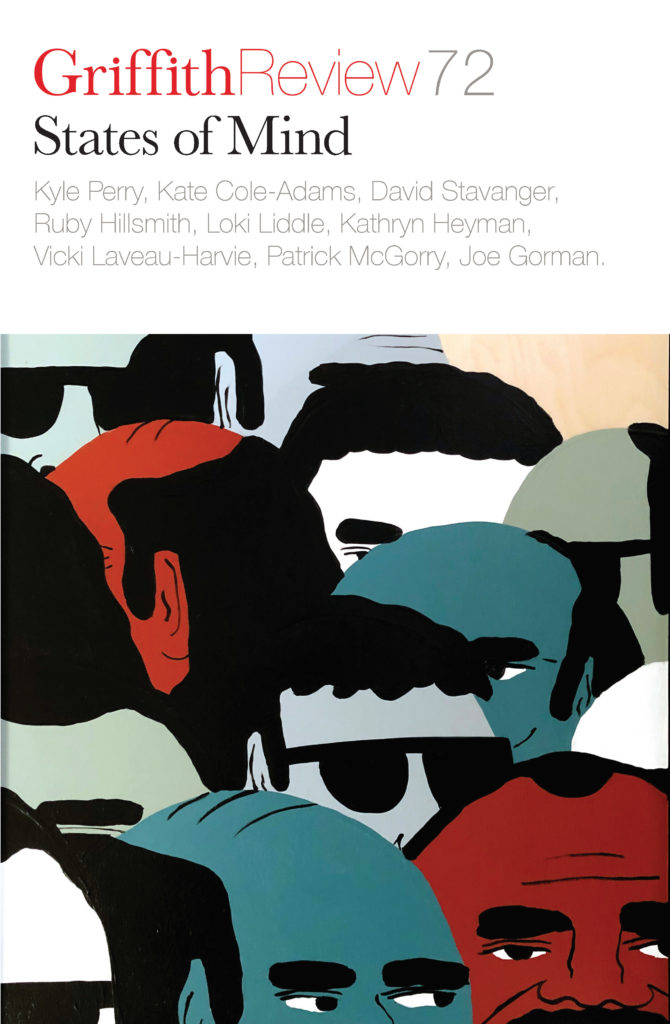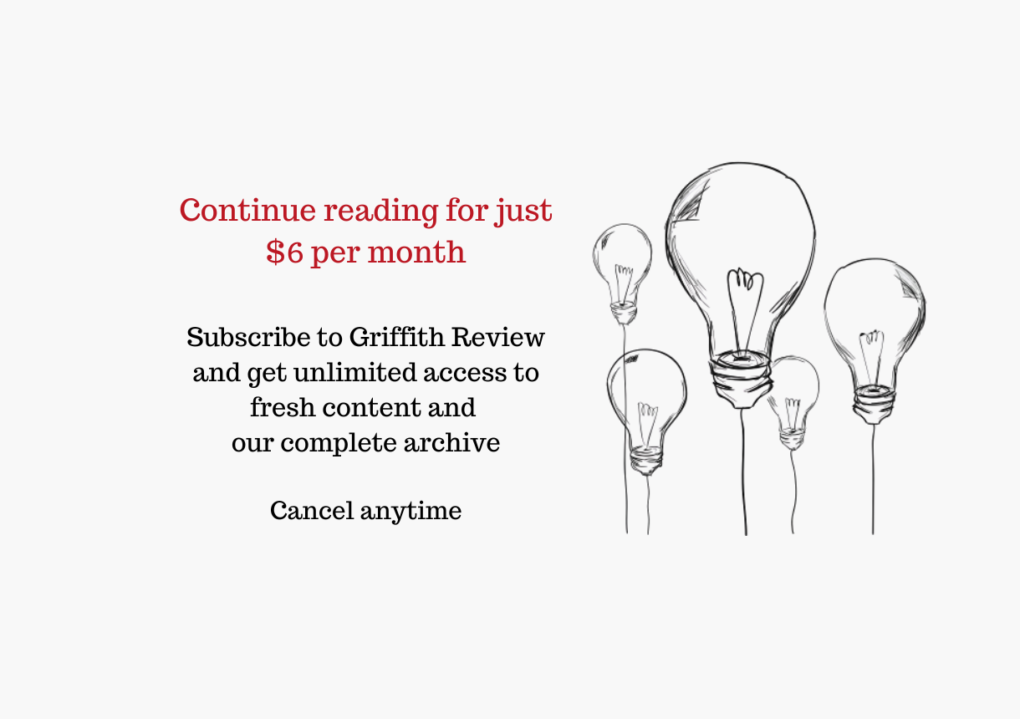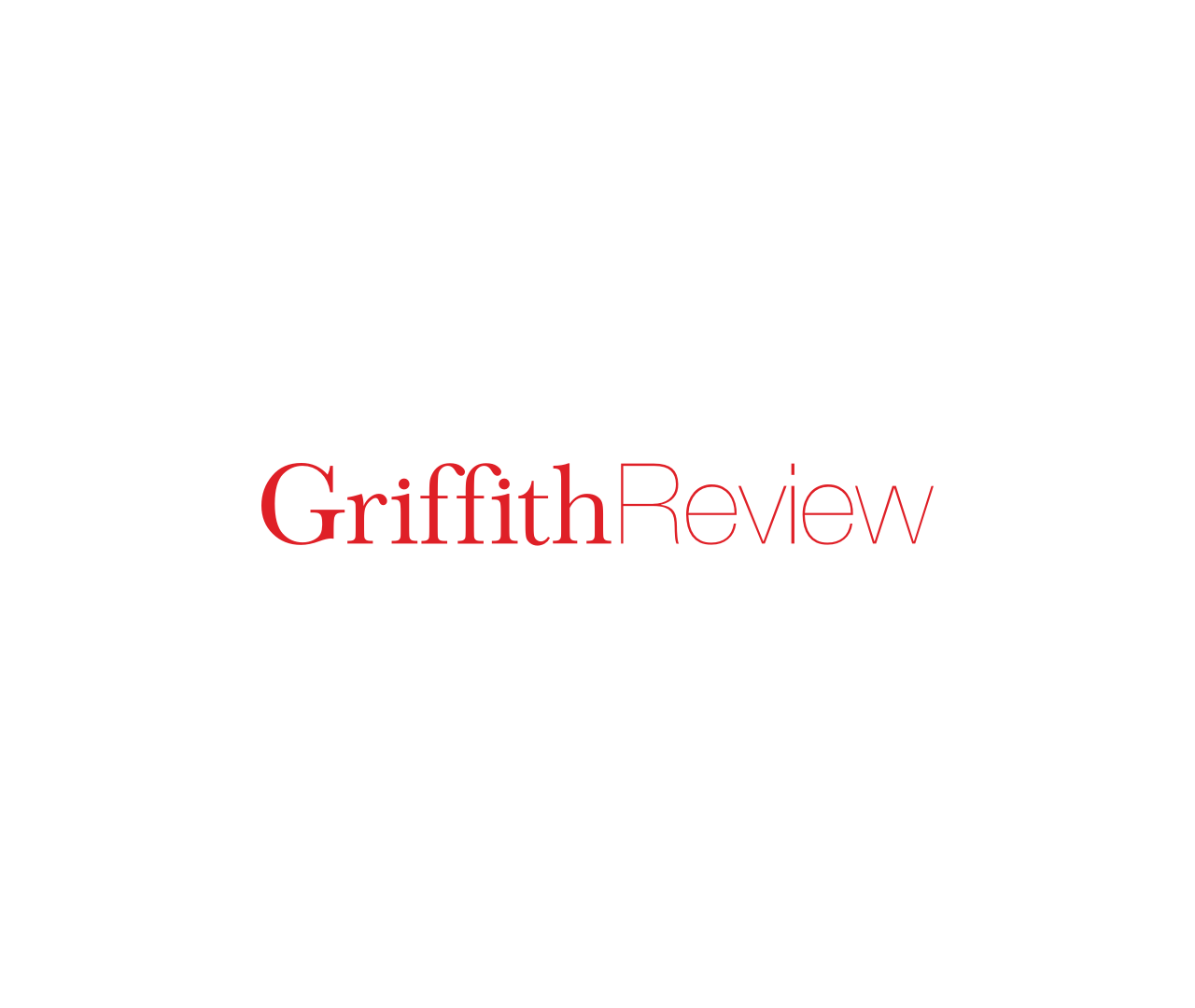Featured in

- Published 20210504
- ISBN: 978-1-922212-59-7
- Extent: 264pp
- Paperback (234 x 153mm), eBook


Already a subscriber? Sign in here
If you are an educator or student wishing to access content for study purposes please contact us at griffithreview@griffith.edu.au
Share article
More from author

The tubs
GR OnlineWhat was in the tubs that was worth saving, anyway? The journals had already done their job by helping me process my emotions and, perhaps, become a better writer. Really, I could just chuck them out. But as I transferred them into the filing cabinet, my heart rate returning to normal, I began referring to my new storage system as ‘the Elkin Archive’.
More from this edition

Intensifier
PoetryIt’s strange that a dog barking at the beach becomes a cause for concern. Those nearby look around for who owns the baying in...

New vibrations
IntroductionClick here to listen to Editor Ashley Hay read her introduction ‘New vibrations’. IN THE FIRST months of 2020, the vibrations of the Earth changed. As monitored by a...

Preparing for the inevitable: Five states of mind
Fiction Griffith Review · Joshua Lobb reading Preparing For The Inevitable from Griffith Review 72: States of Mind You have ten seconds The car rolls over for...